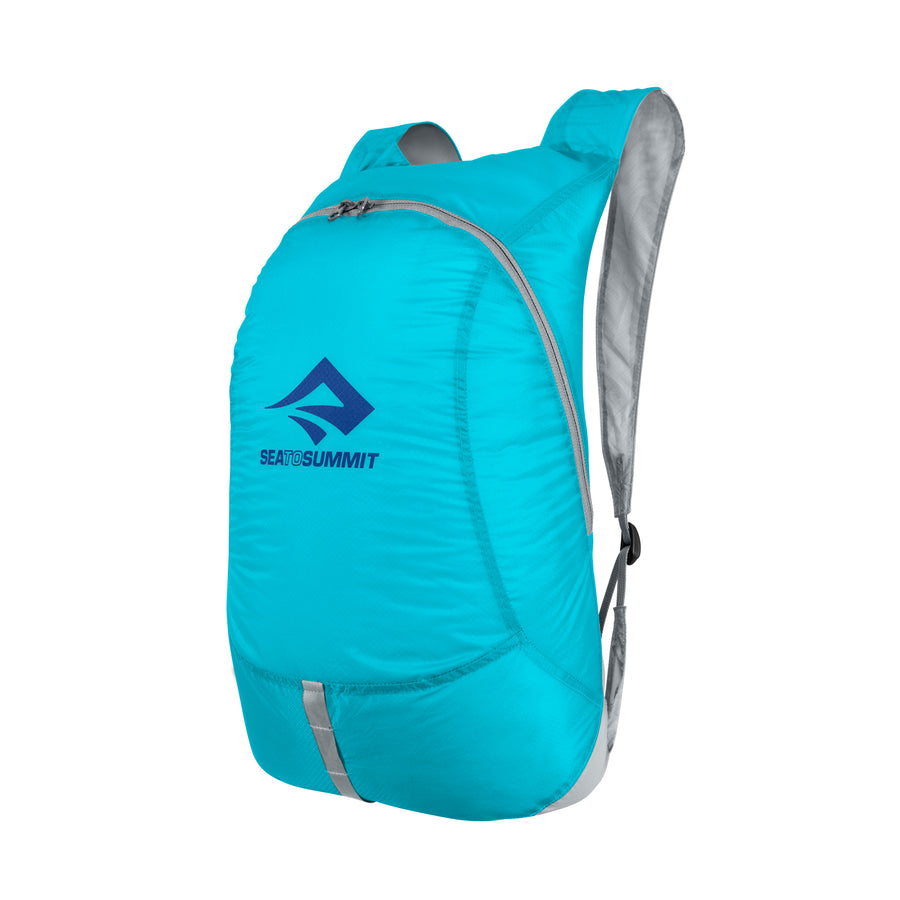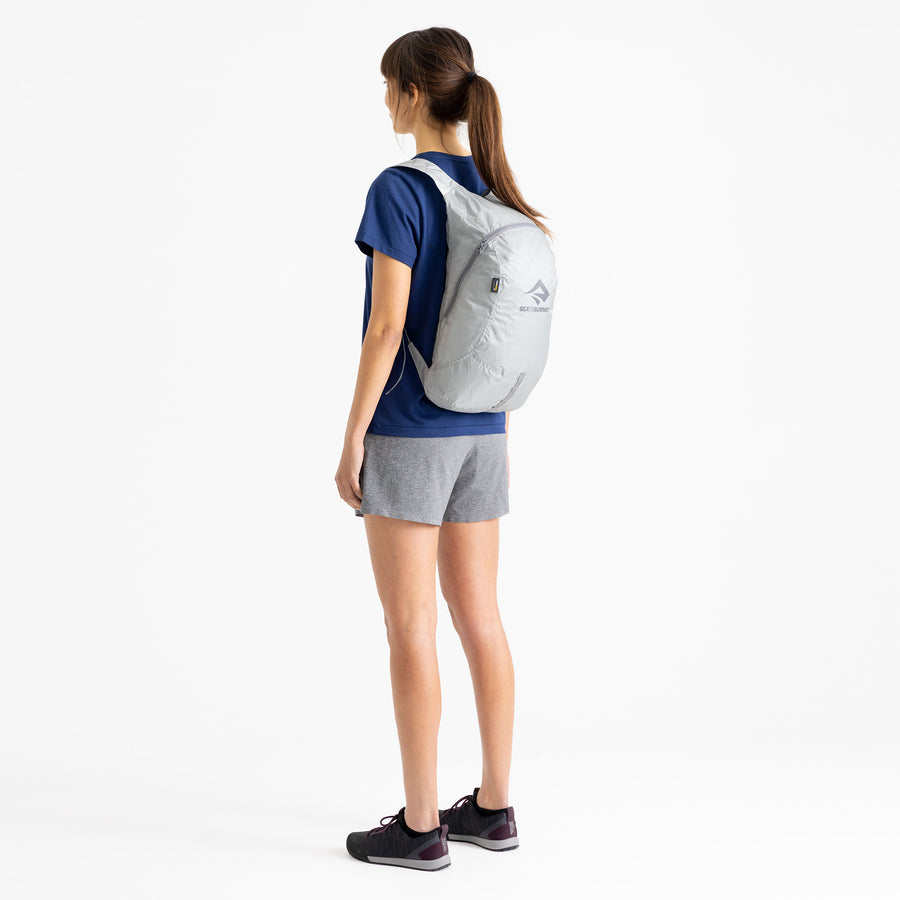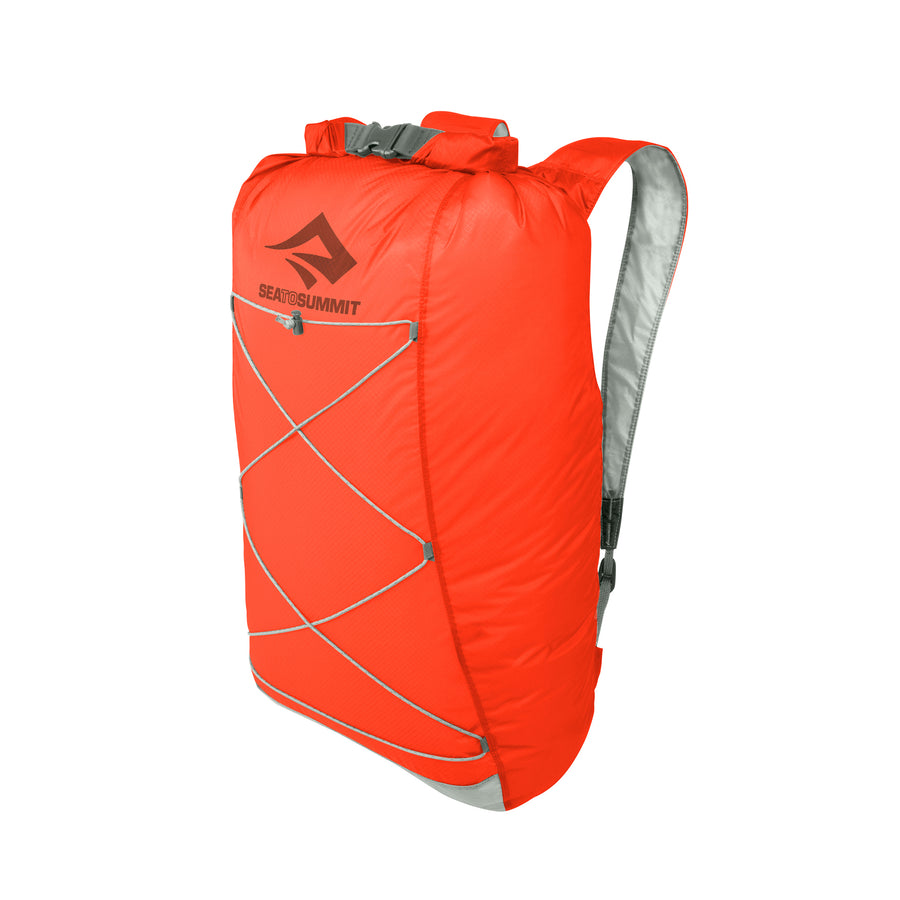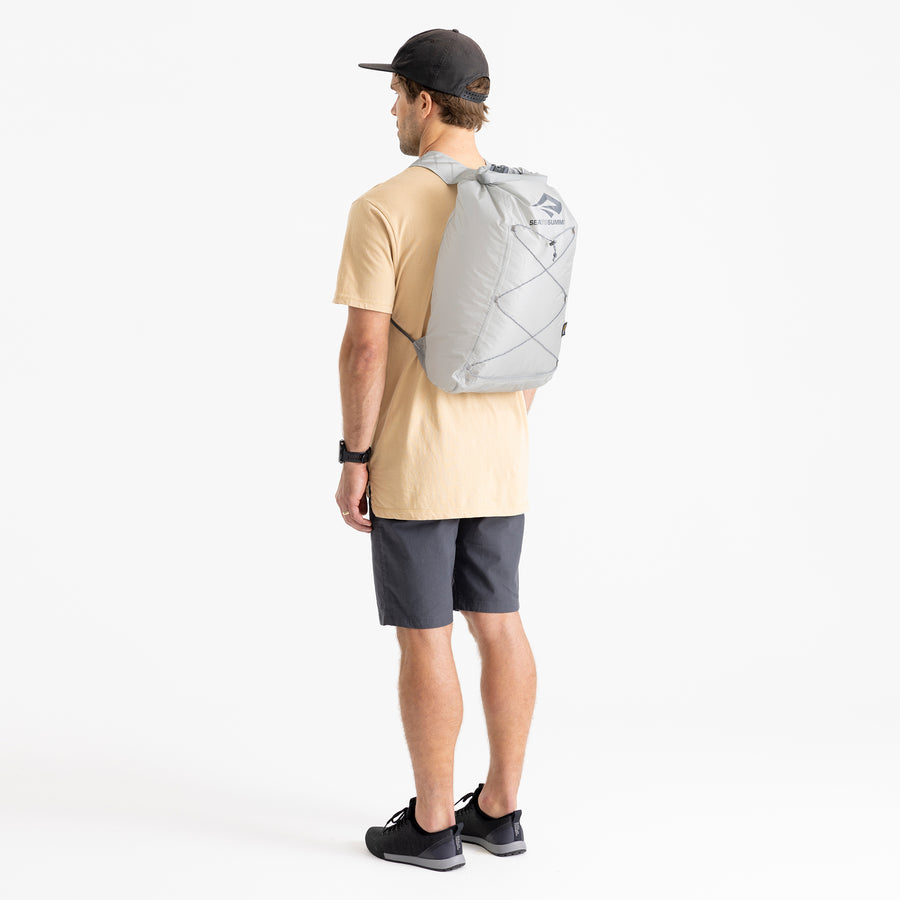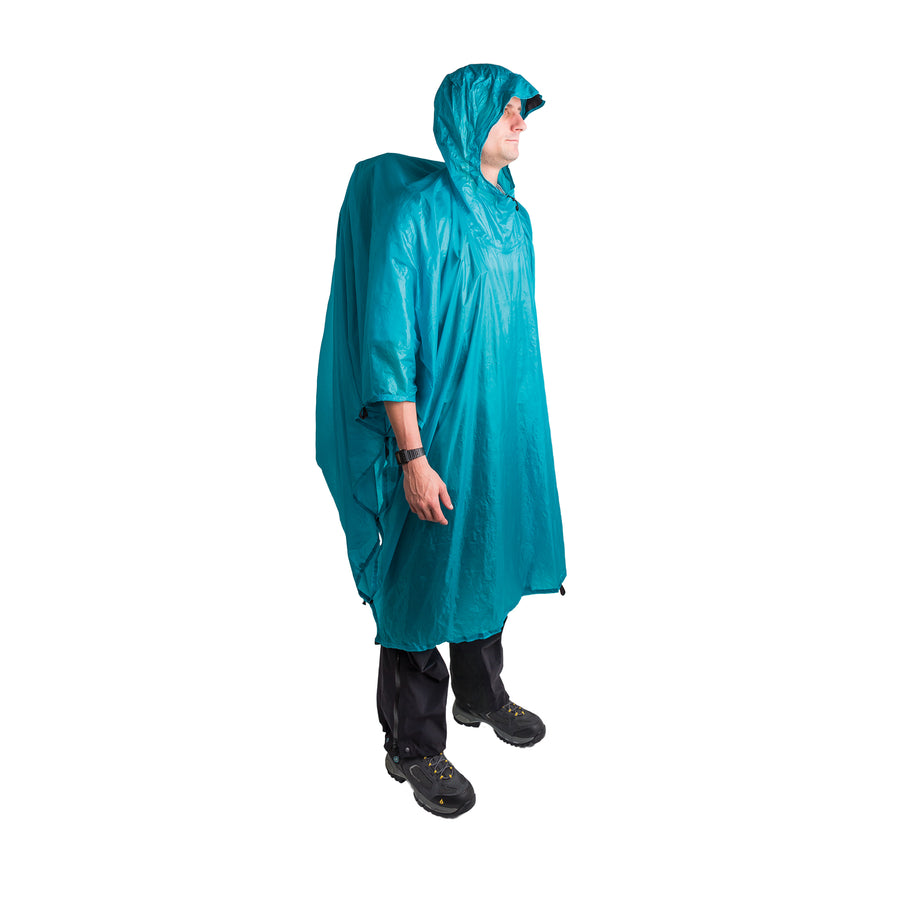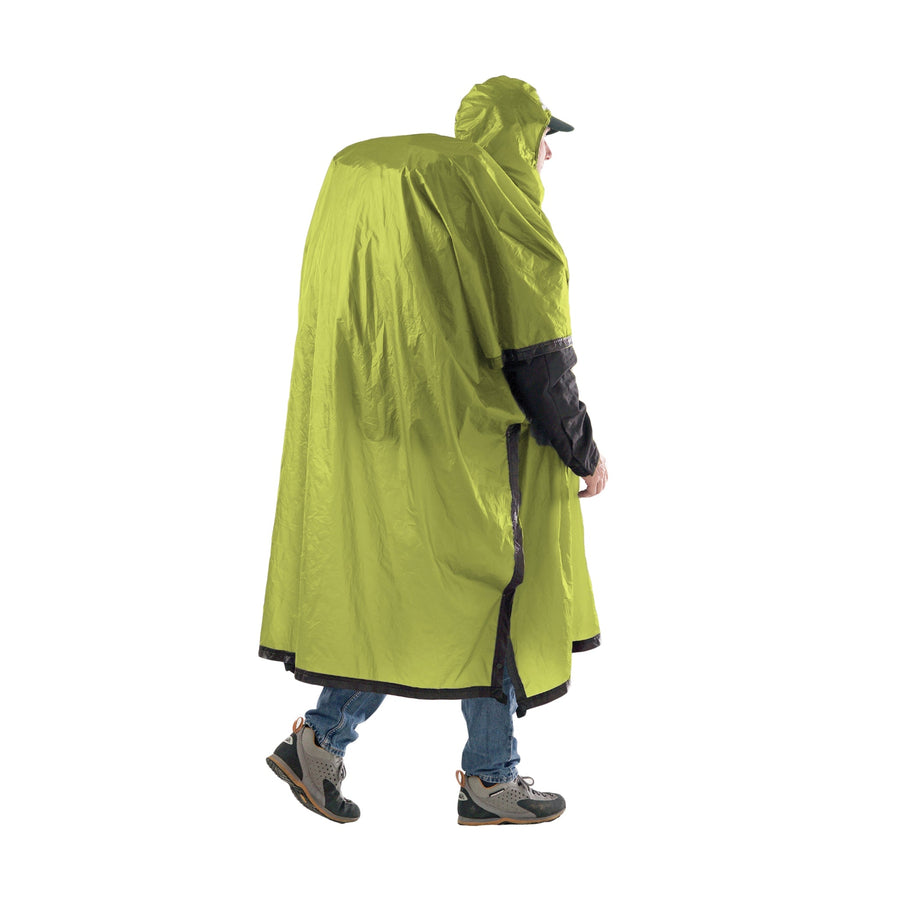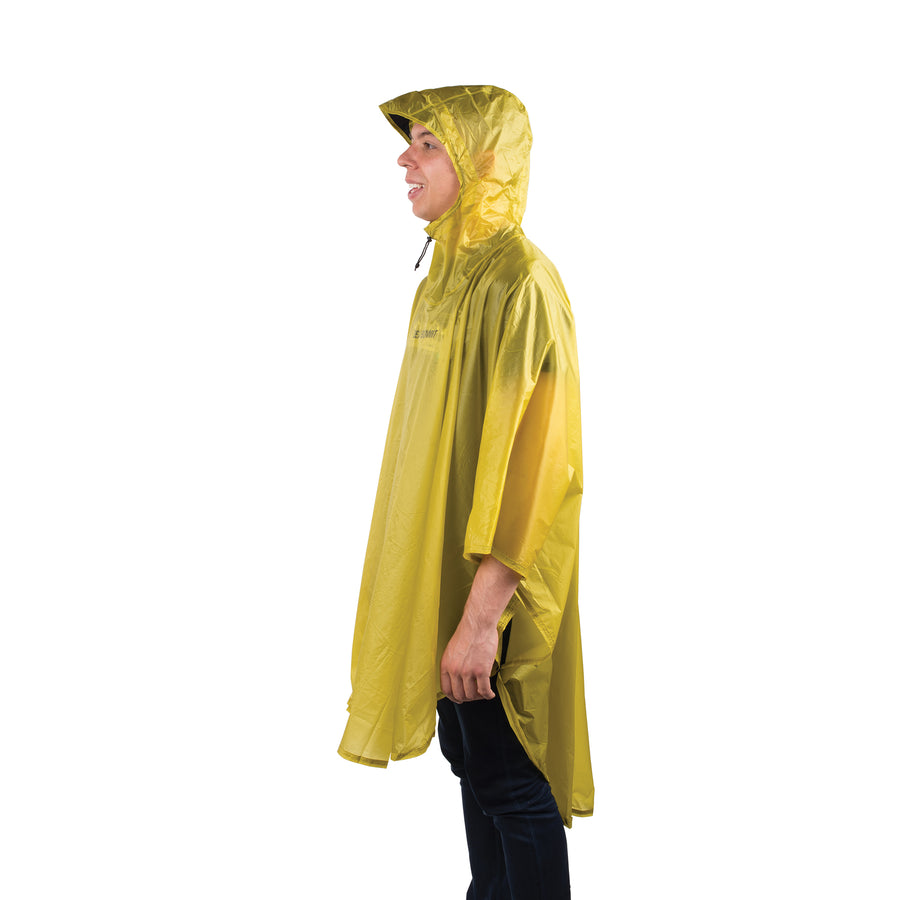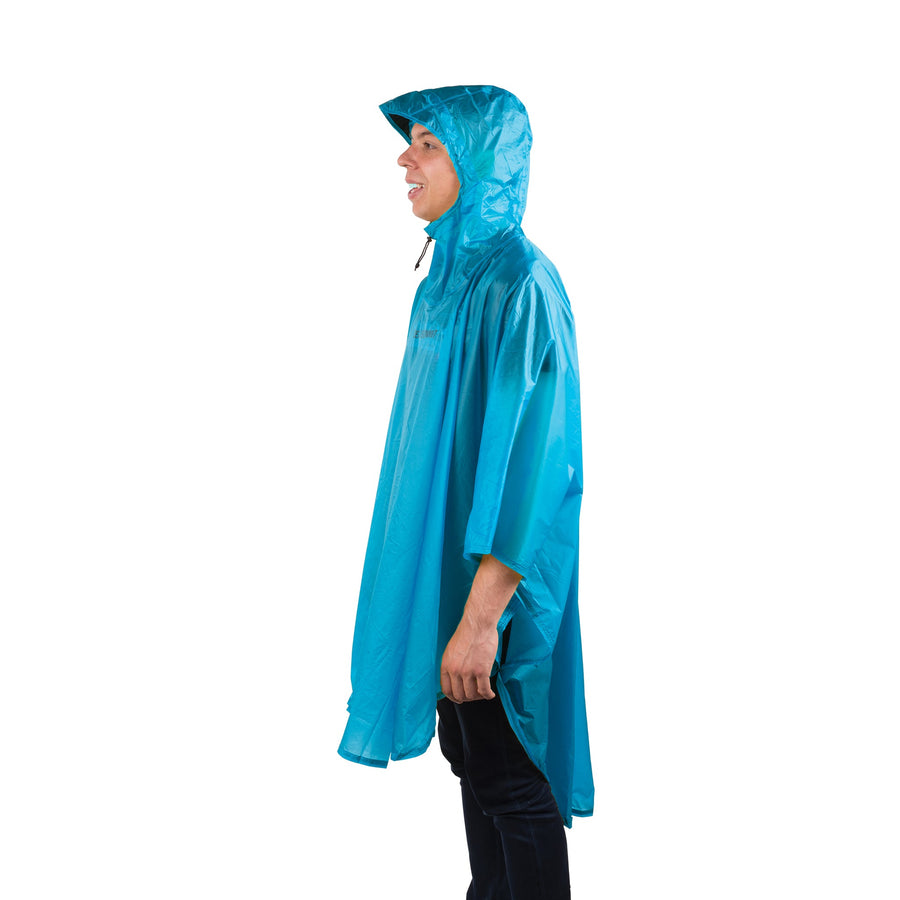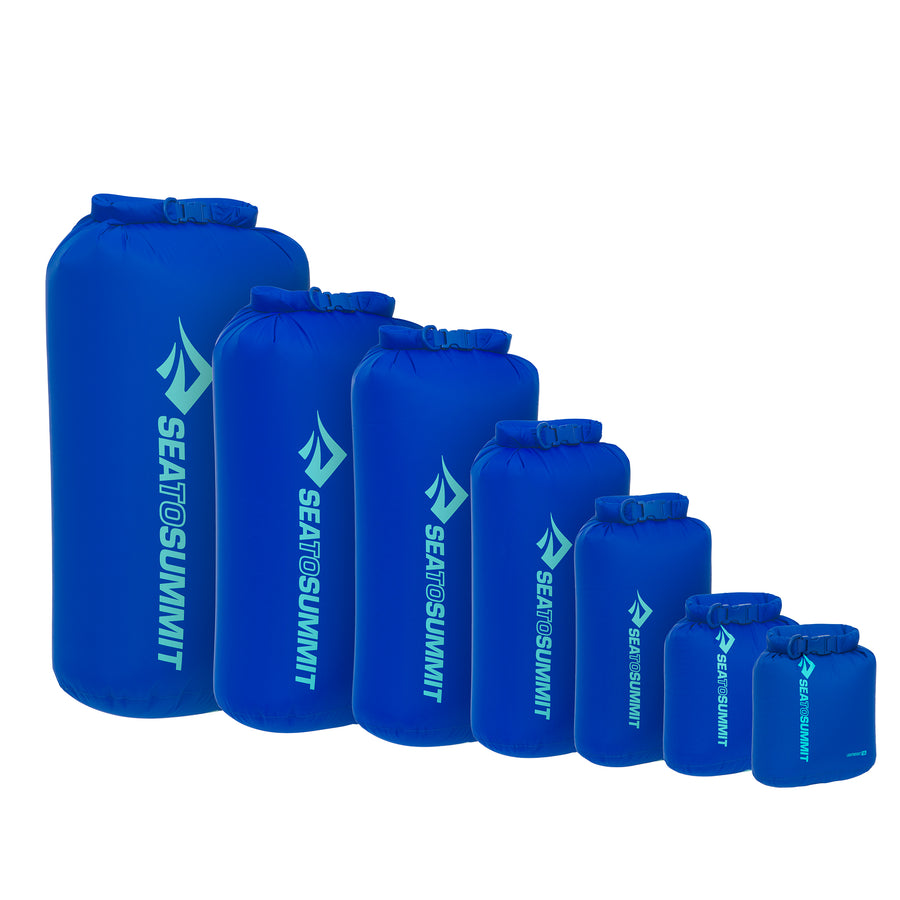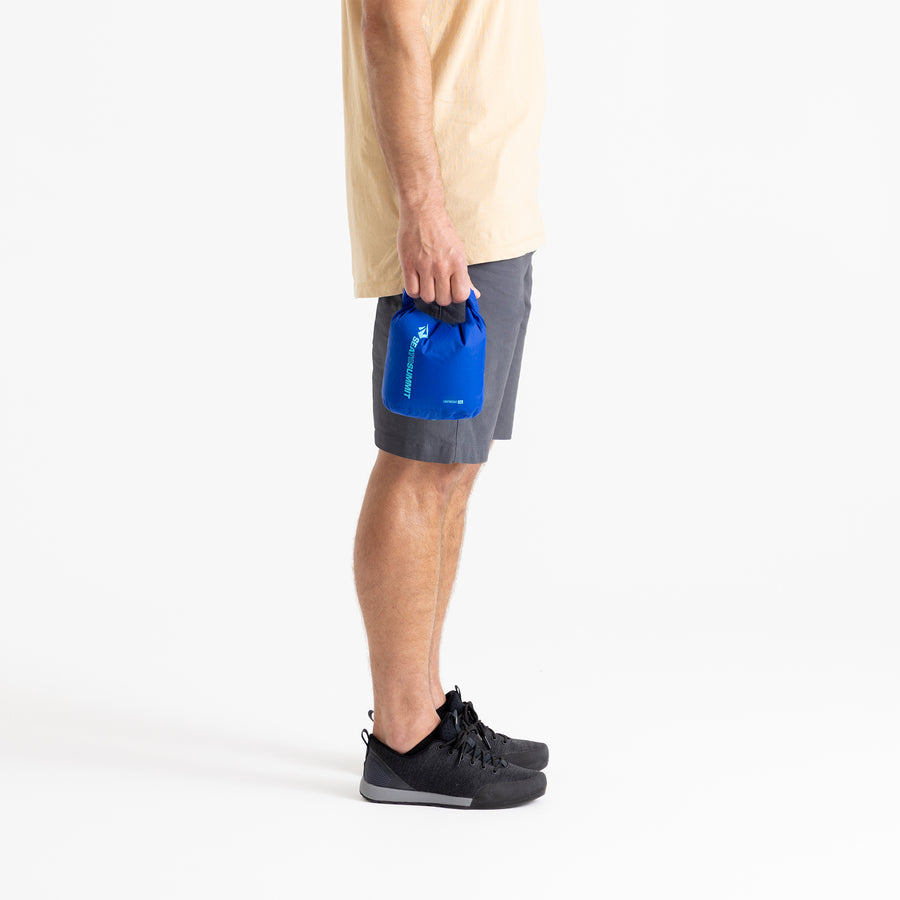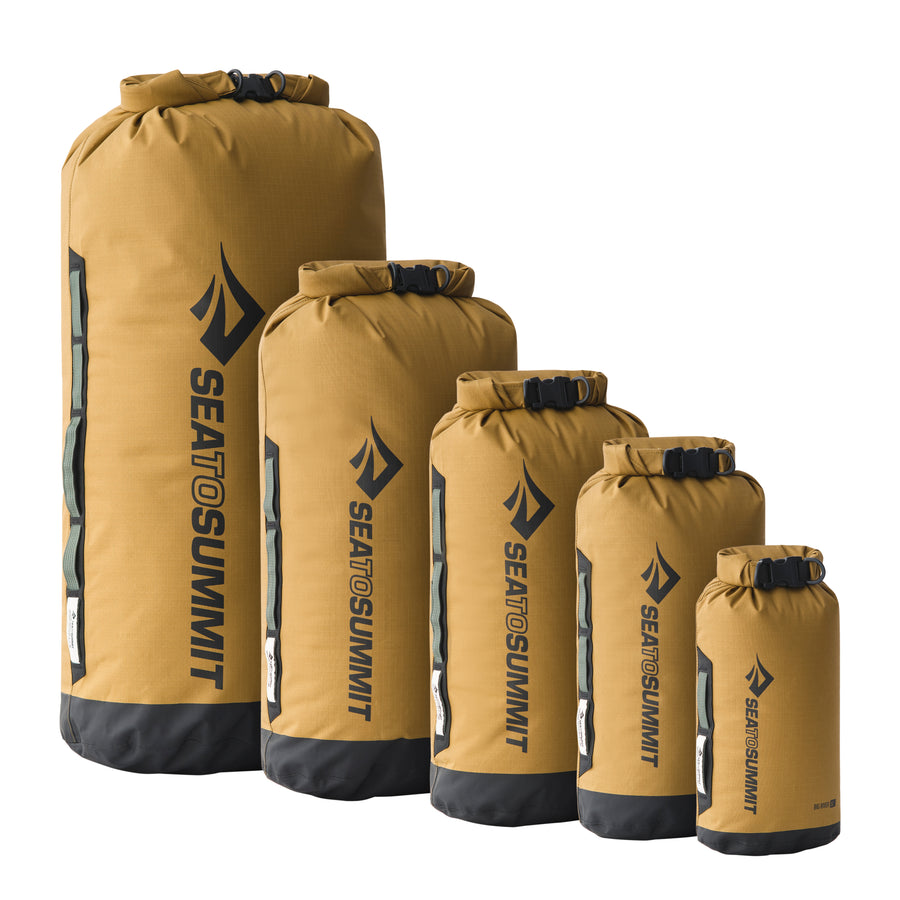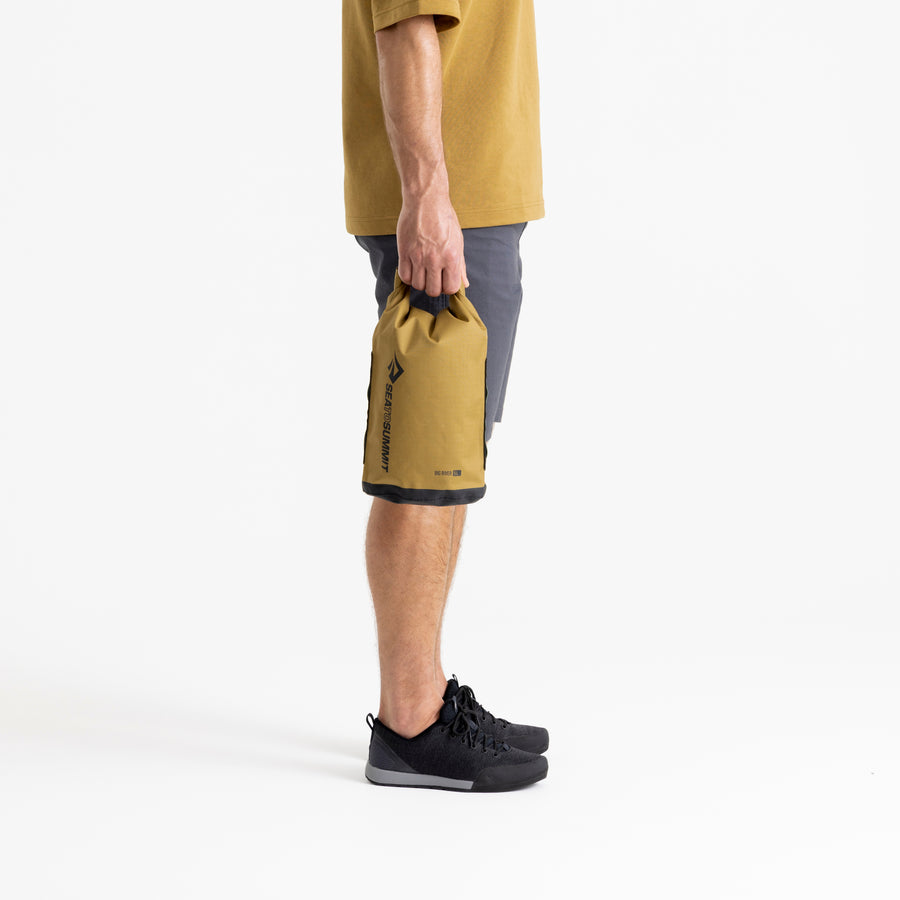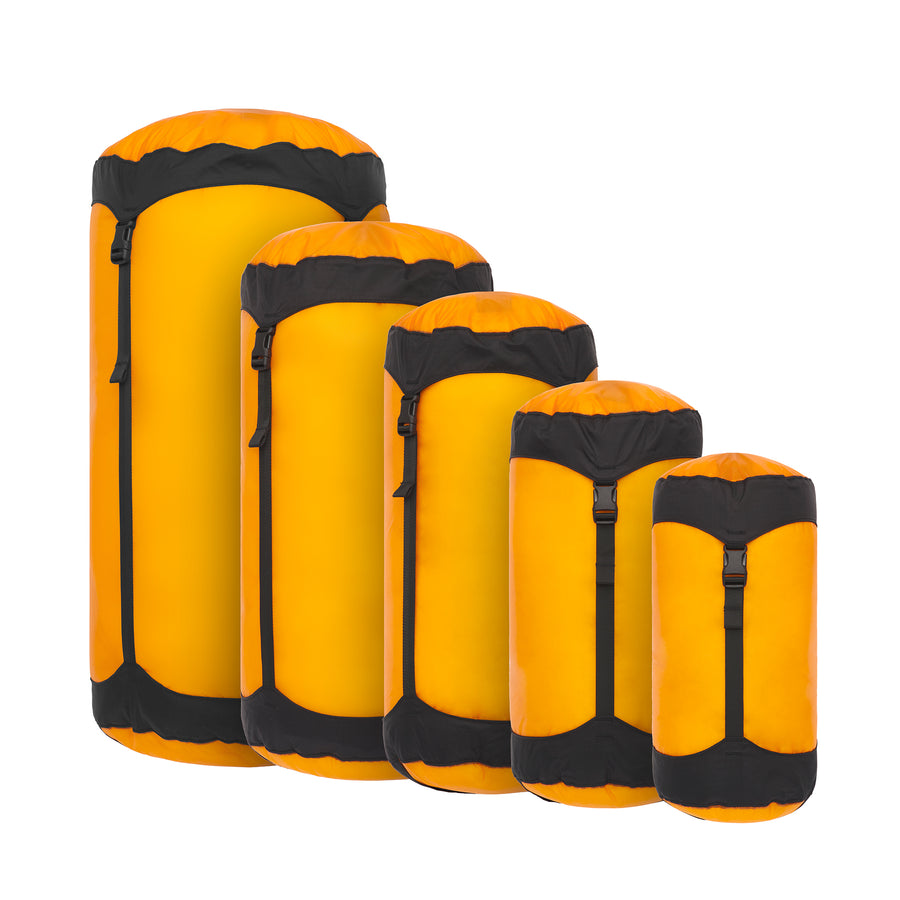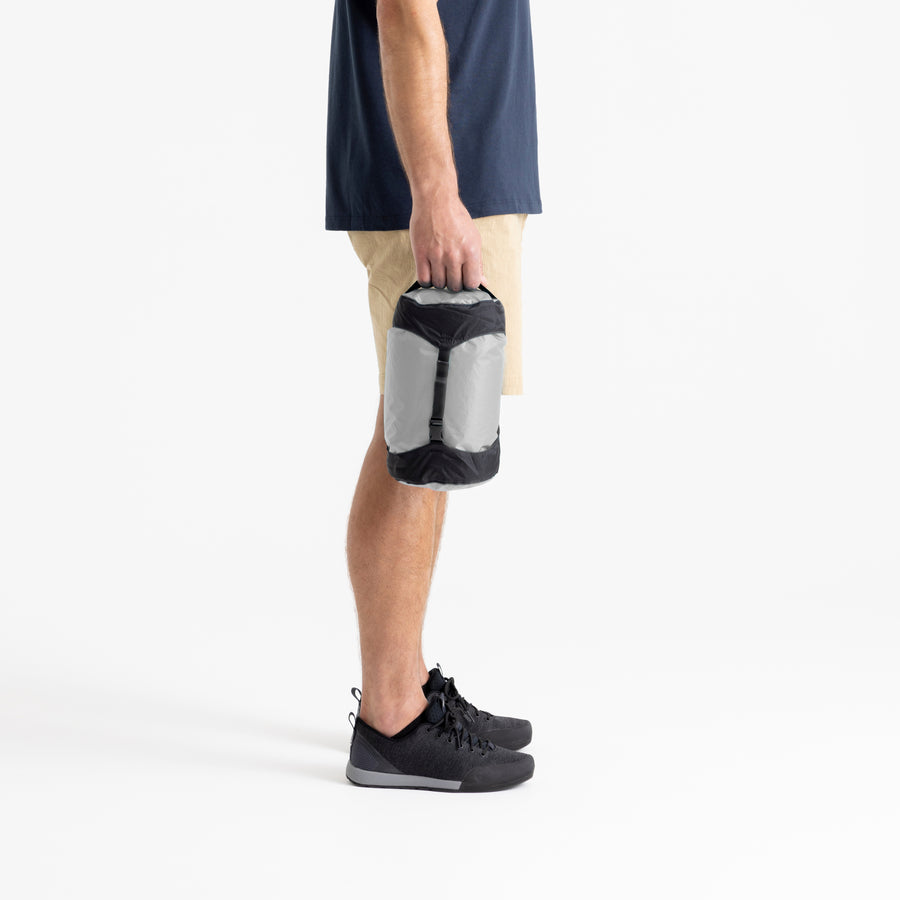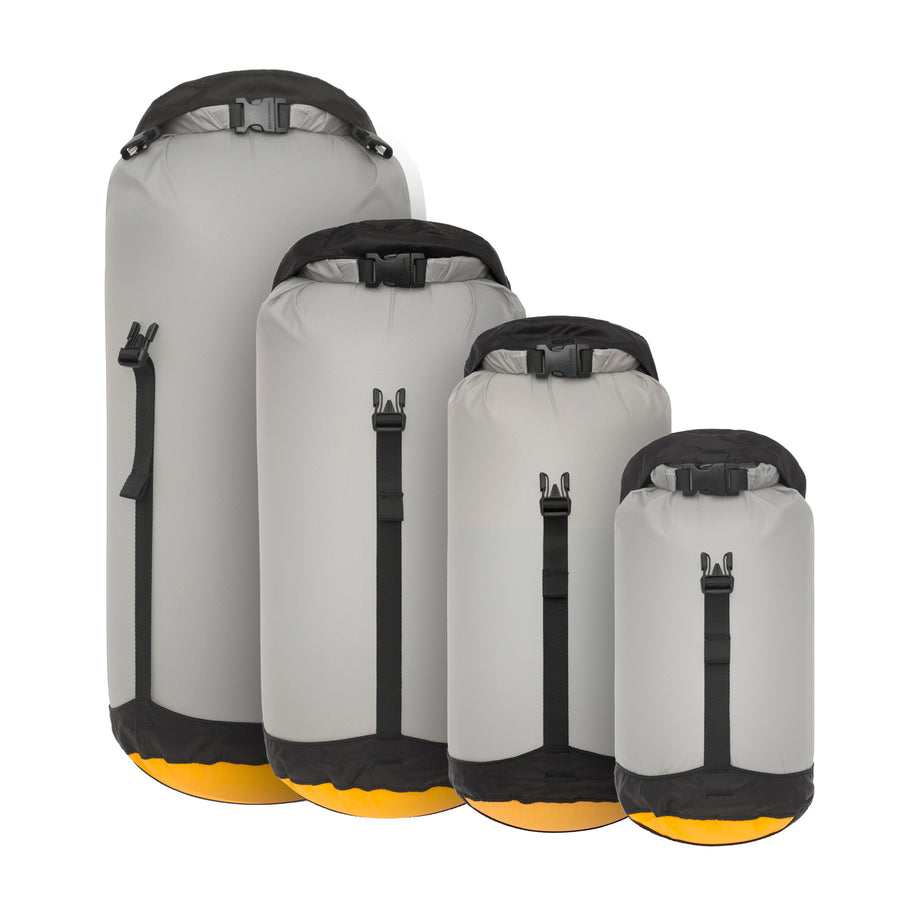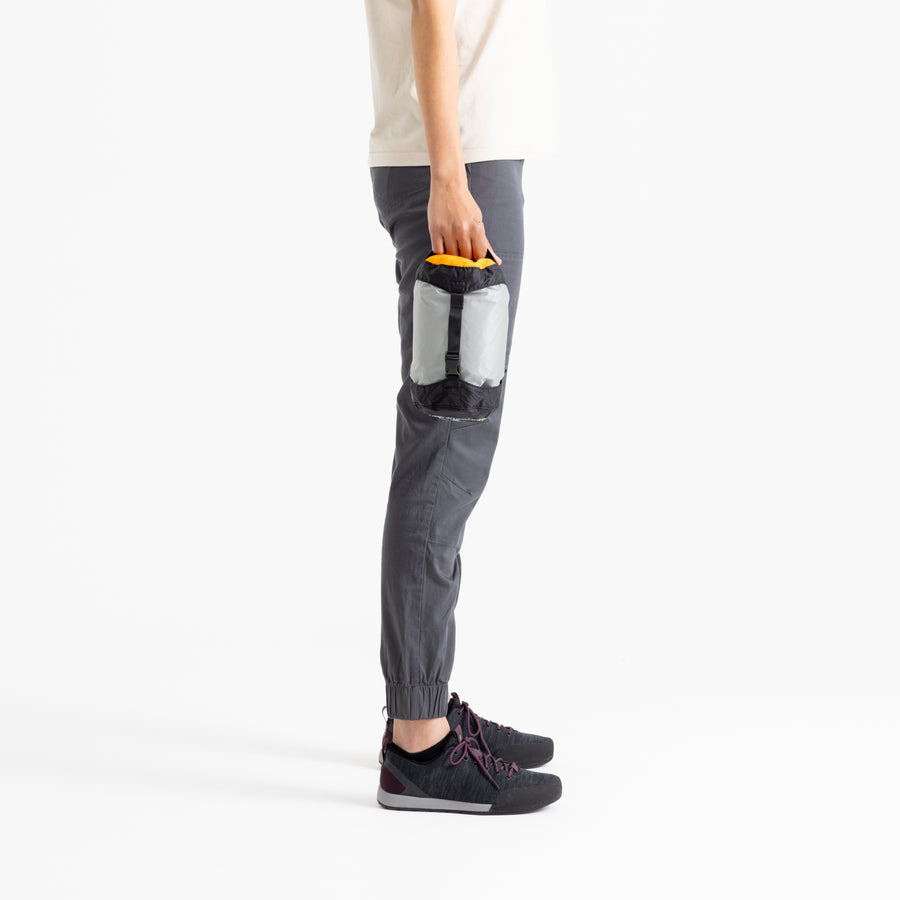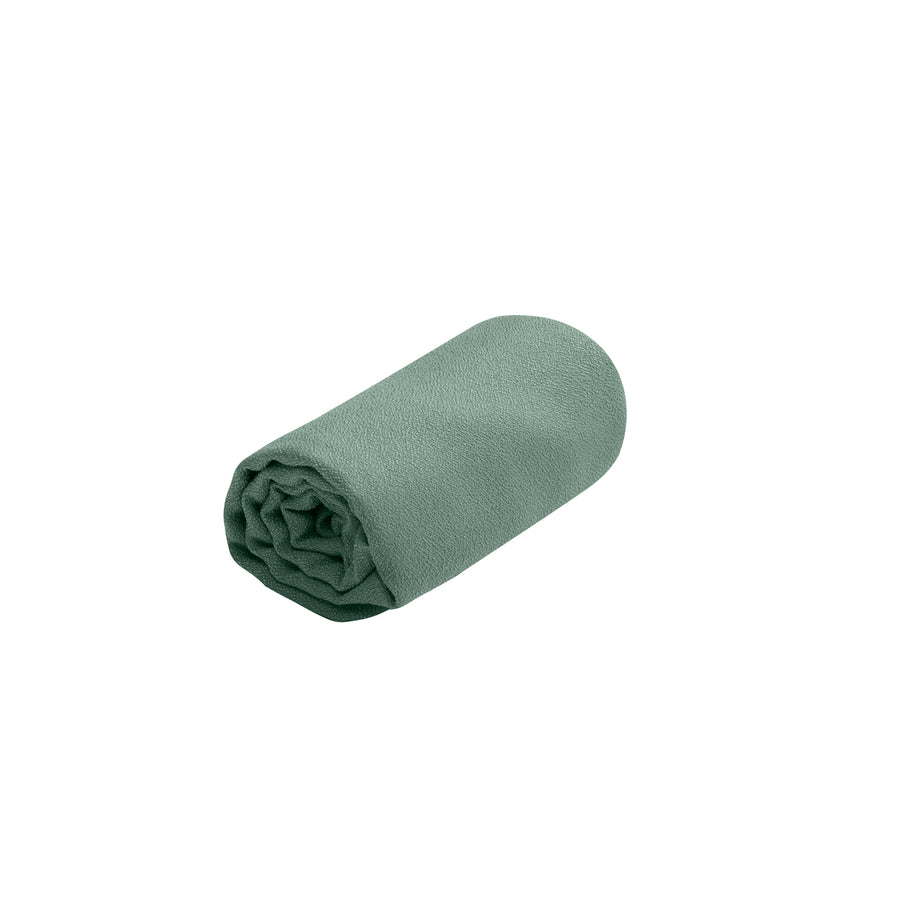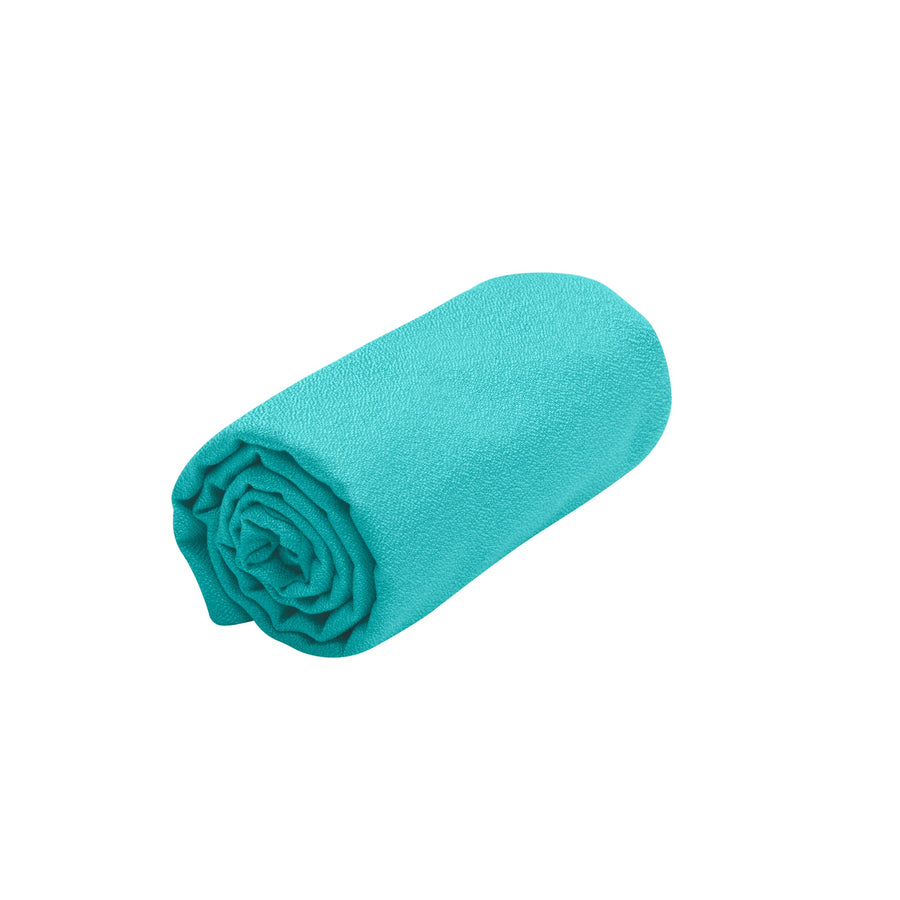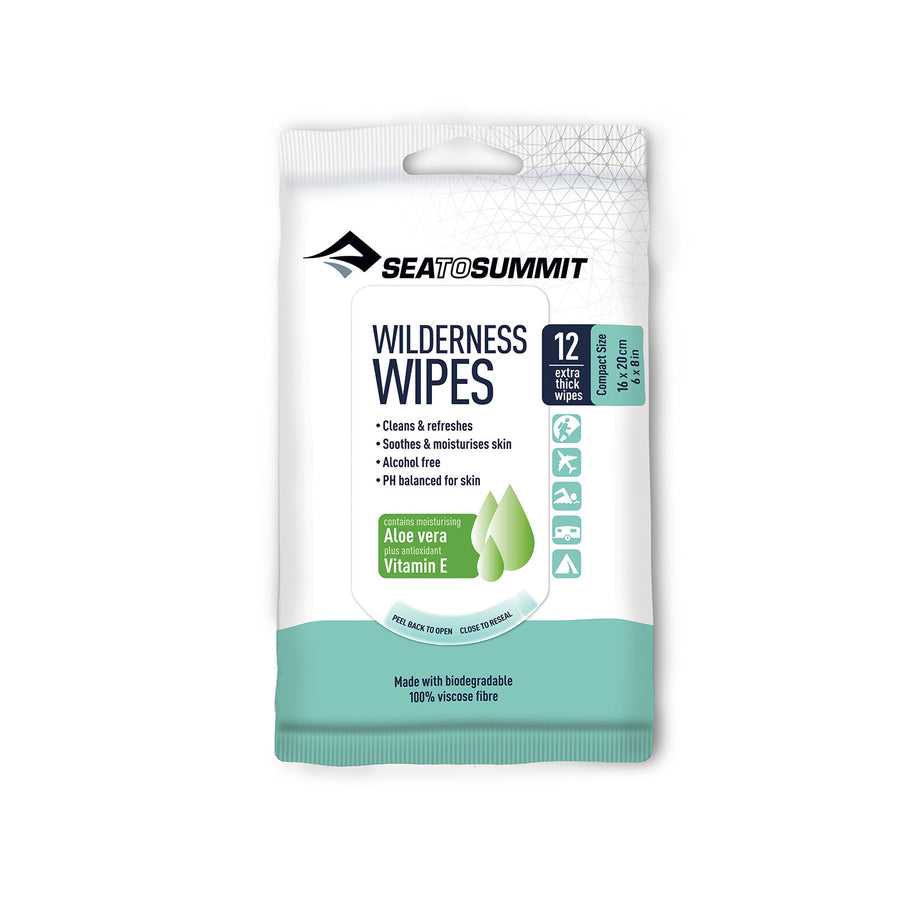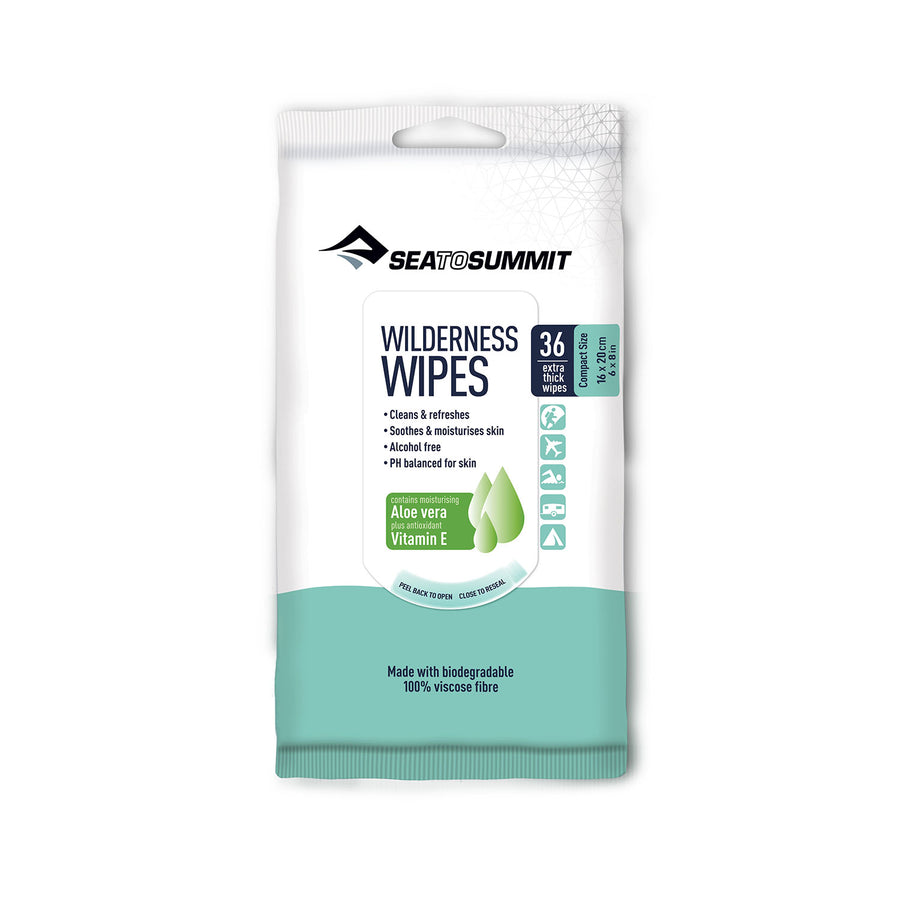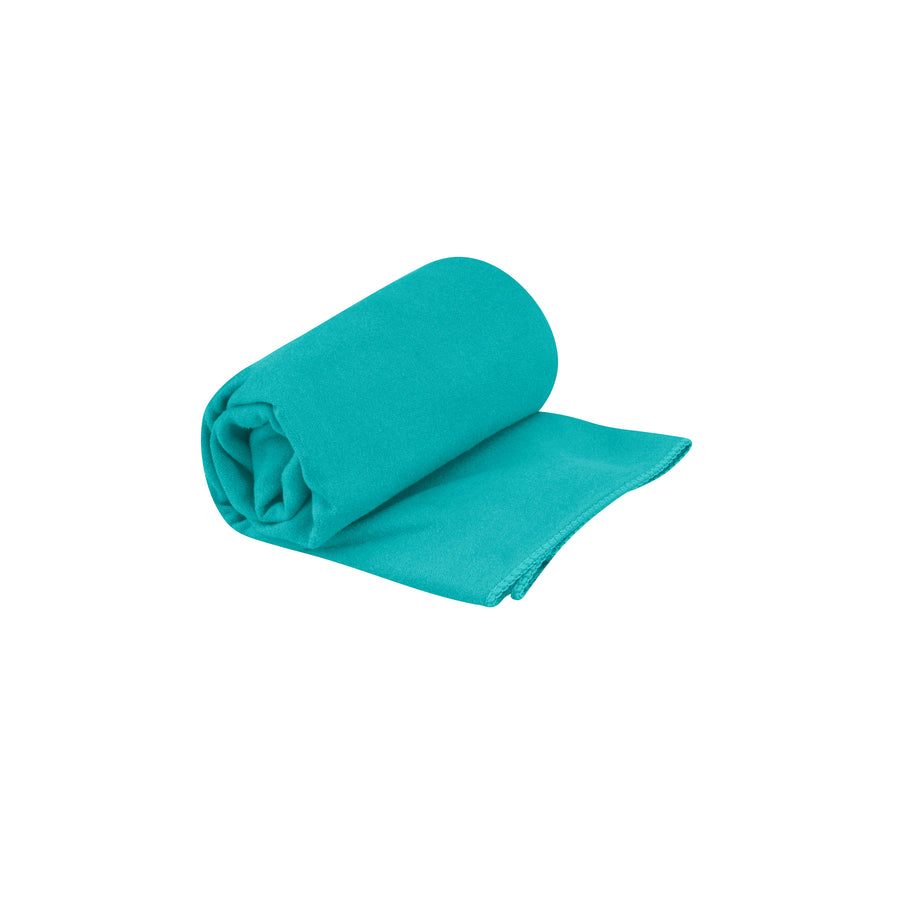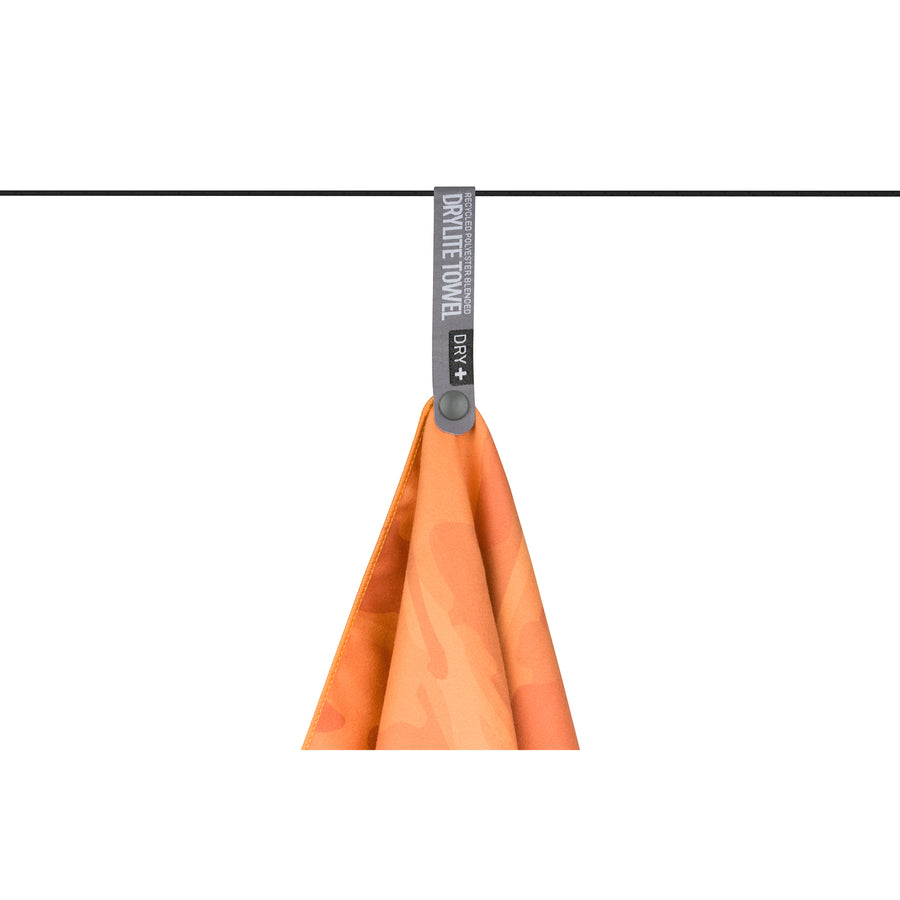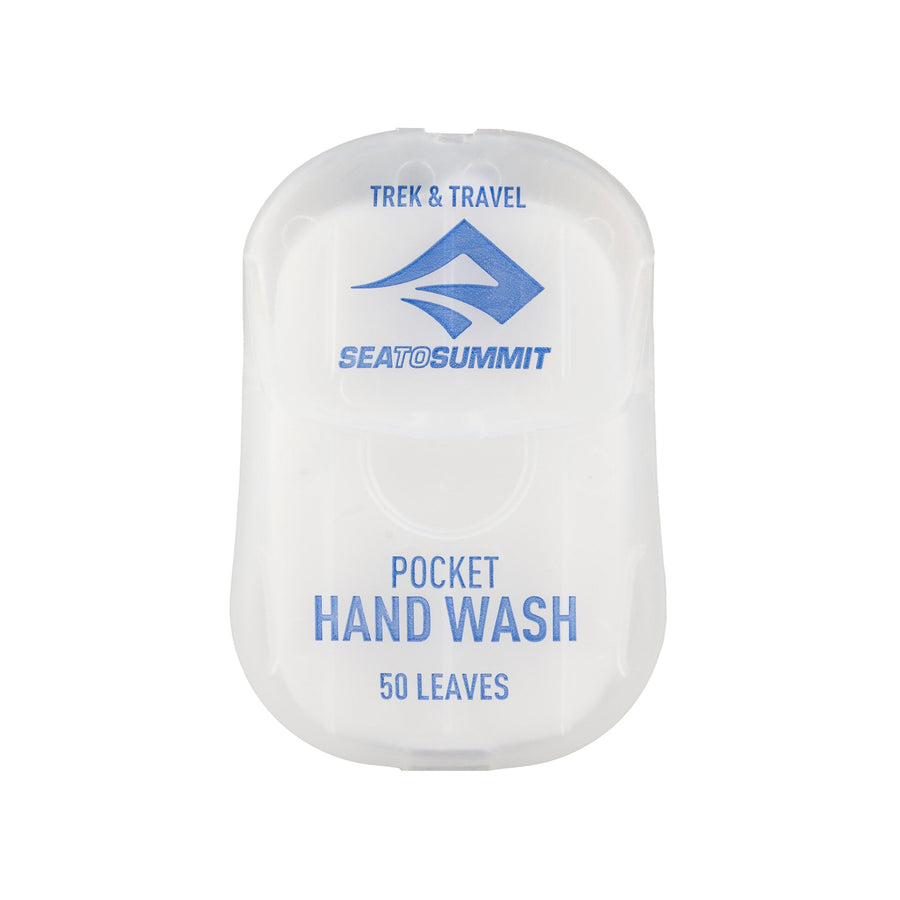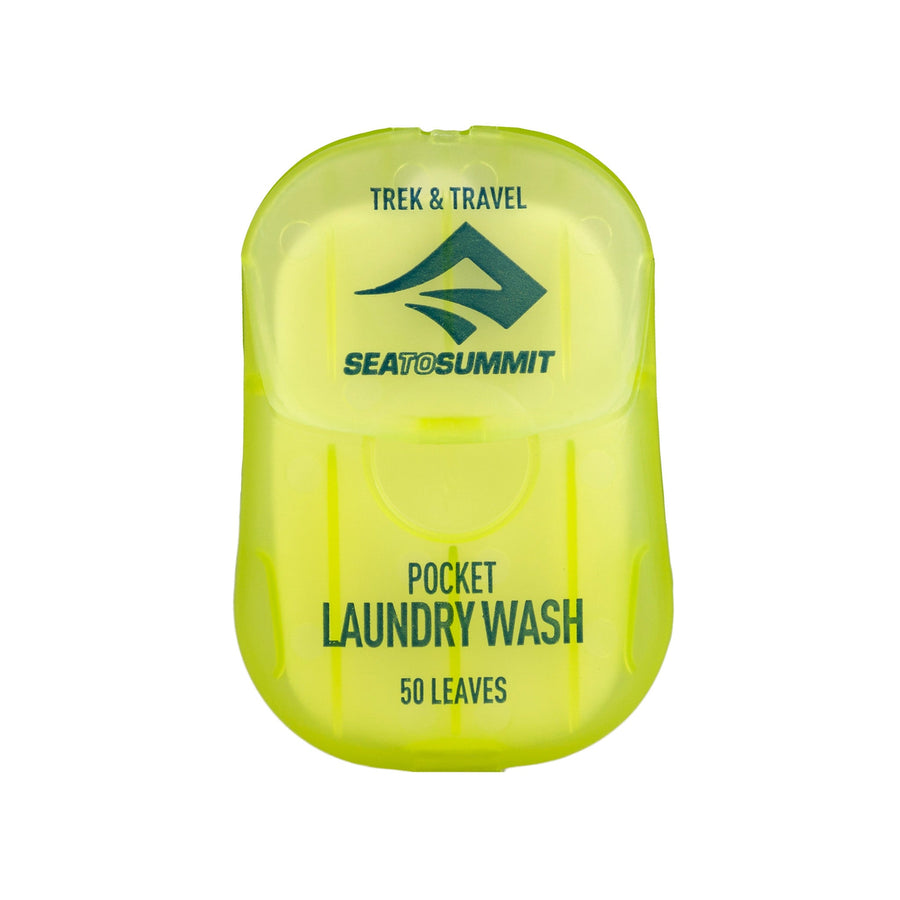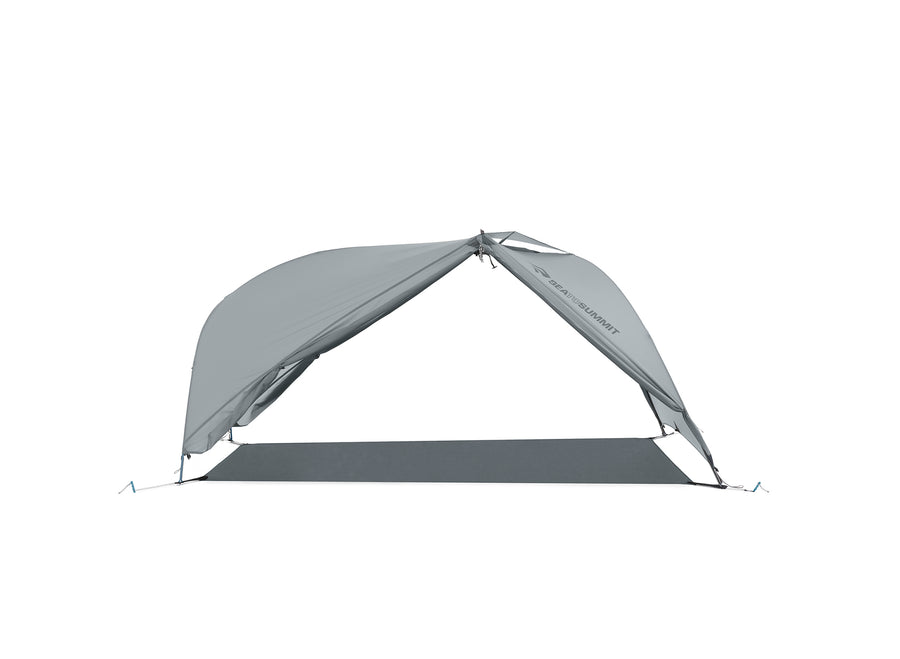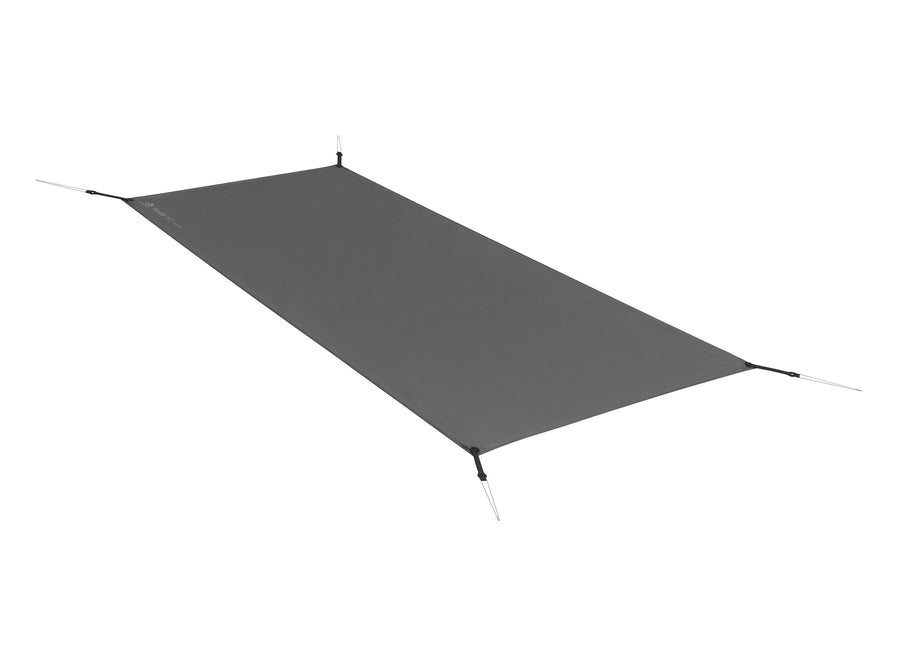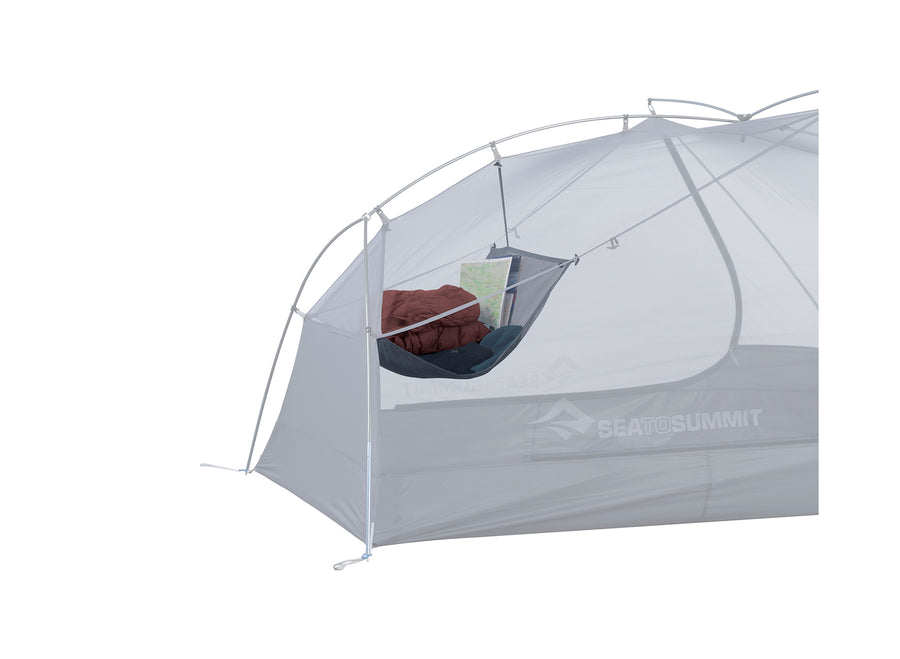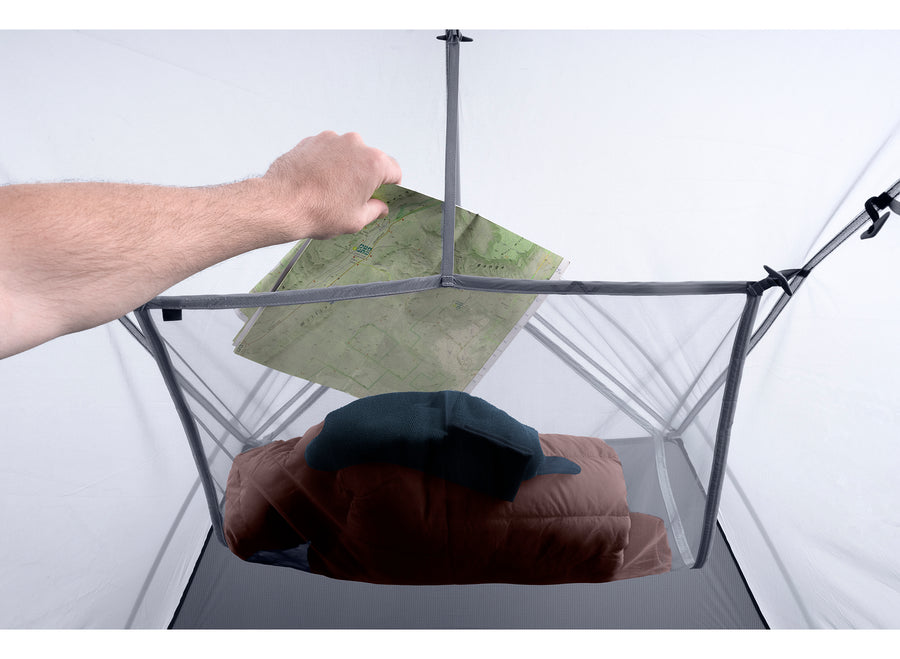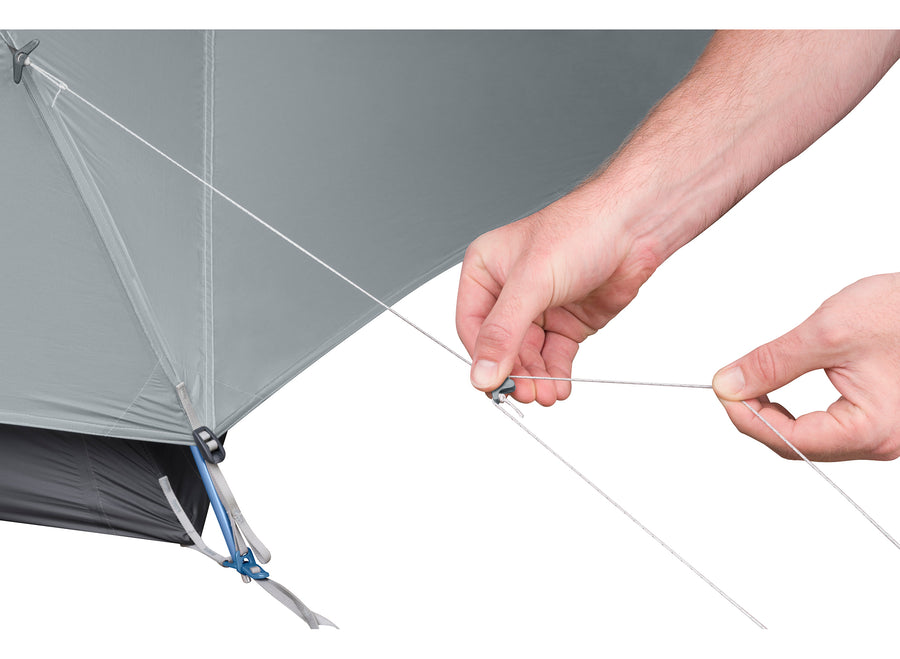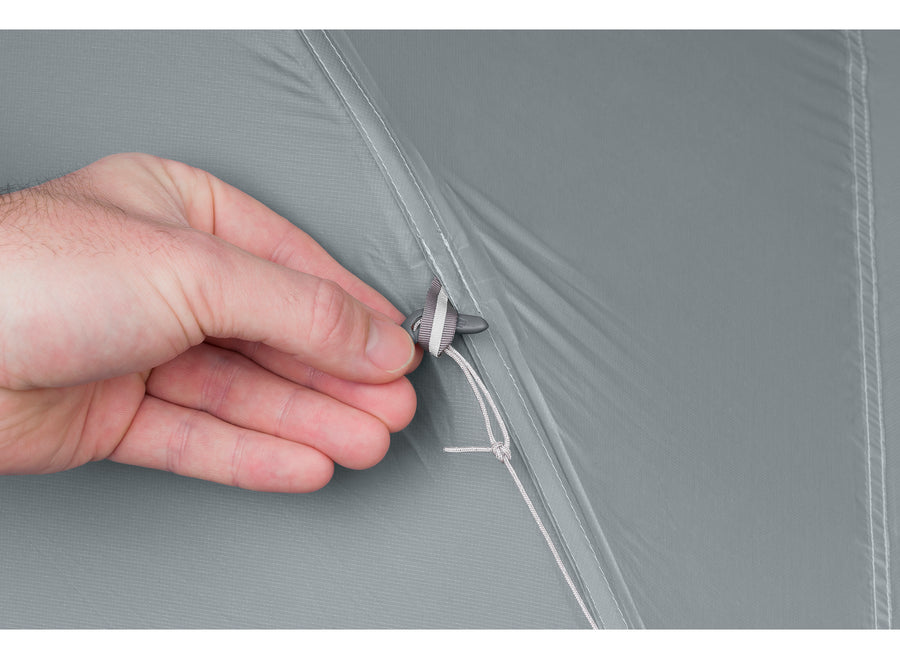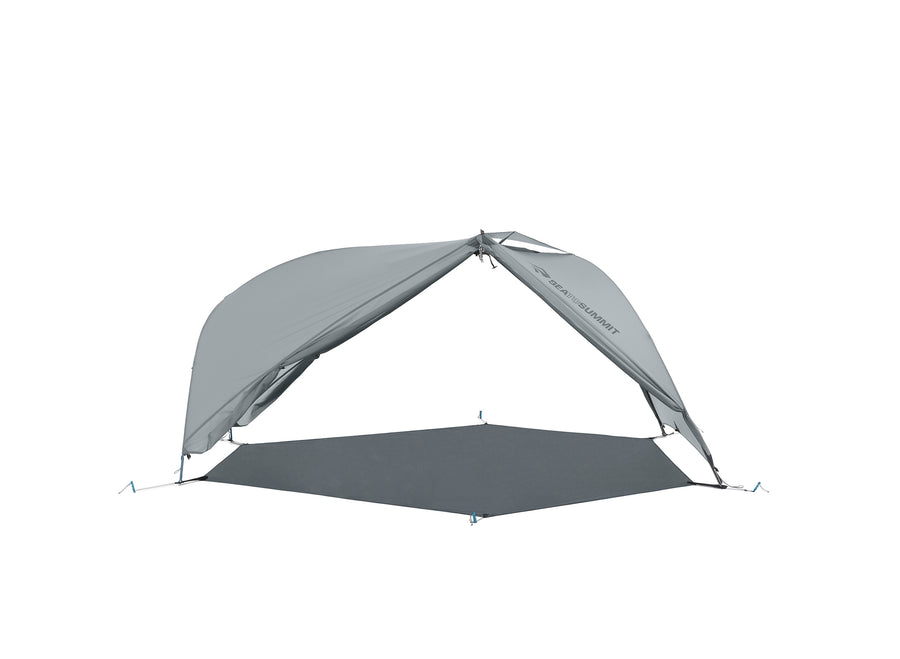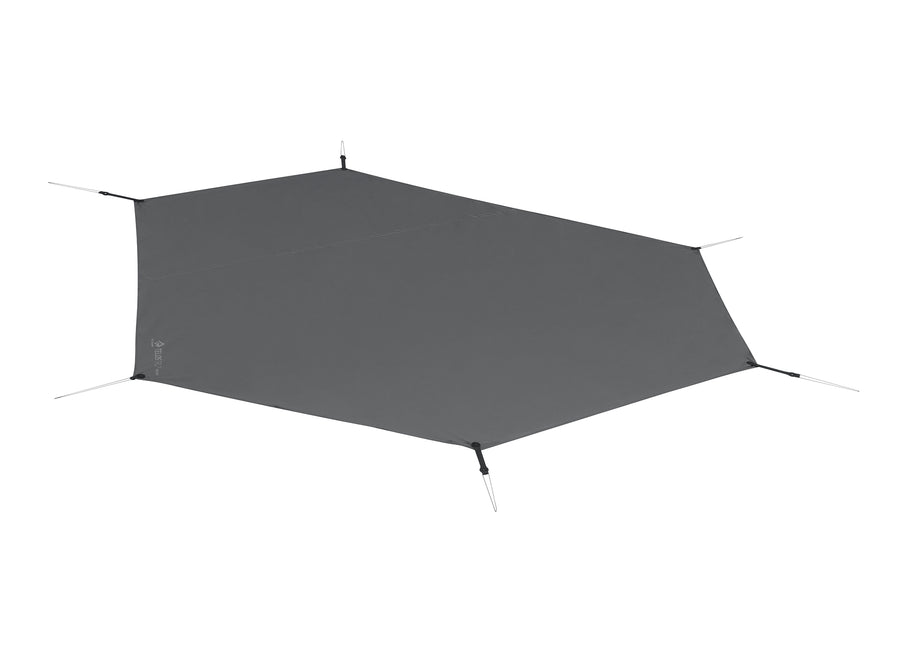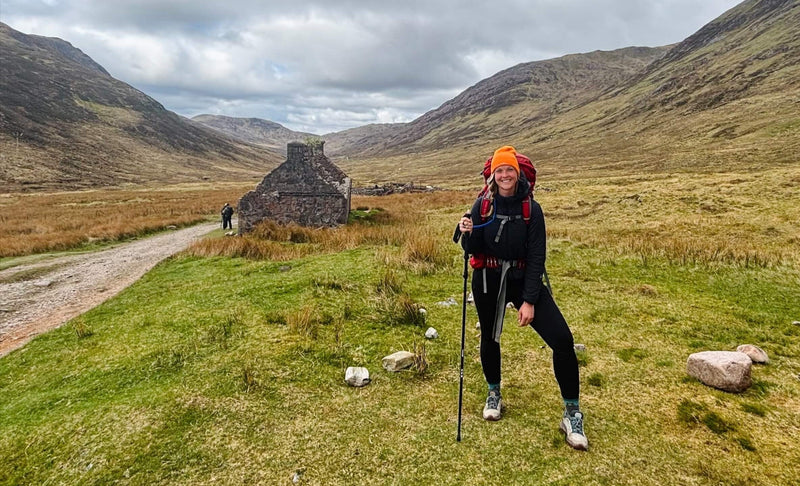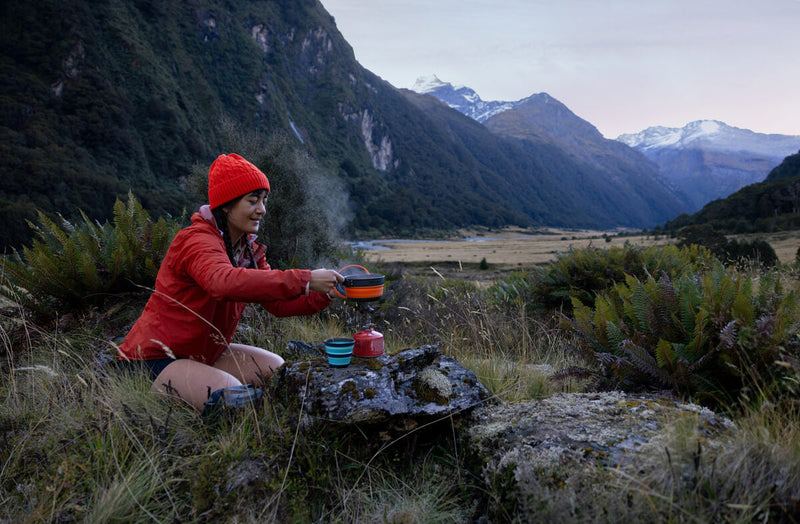Why Campers Love Down Sleeping Bags
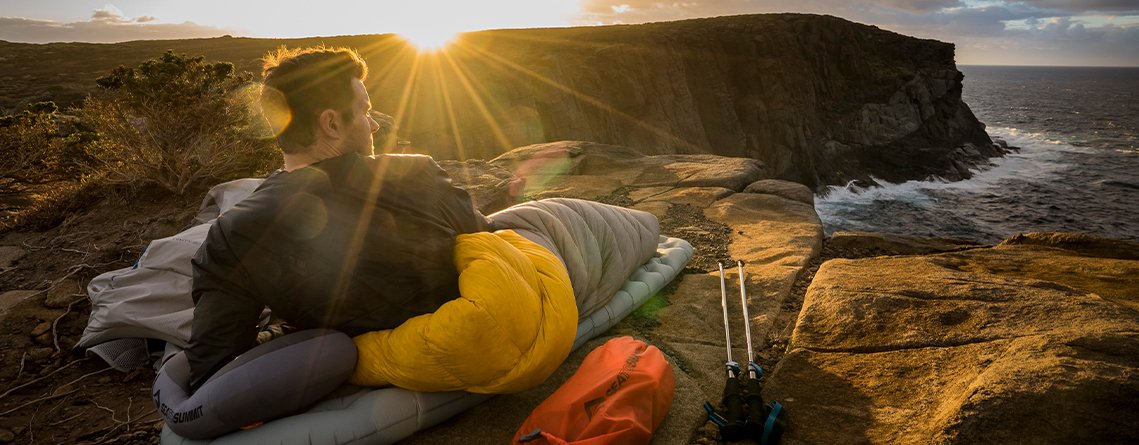
Down is one of the oldest insulations around—and yet it’s still arguably the best.
It’s also one of the most misunderstood materials, something which is not helped by over-enthusiastic marketing claims. But – hyperbole aside - once numbers like ‘90/10’ and terms like ‘fill power’, ‘hydrophobic down’ and ‘EN Ratings’ get thrown into the mix… things can quickly get overwhelming.
So – let’s start with basics.
WHY CHOOSE A DOWN SLEEPING BAG?
Down sleeping bags offer the best ratio of warmth-to-packability, making them a favorite of lightweight campers everywhere.
A quality down sleeping bag will cost more than a synthetic-insulated bag. It’s an investment—so it’s great to understand what you’re paying for and relying on out in the wild.

HOW DOES A DOWN-FILLED SLEEPING BAG INSULATE?
When we talk about down, we’re talking about the fluffy clusters found underneath the feathers of waterfowl—their natural insulation. Each cluster has thousands of tiny fibers that trap insulating air.
When you purchase a down sleeping bag, it is filled with a combination of these clusters and tiny down feathers. It’s not that we’re scrimping on the good stuff, the feathers are there to provide a little extra structure so the soft down clusters can fully loft under the weight of the shell materials (light as they may be). The ratio of clusters to feathers is sometimes listed on hangtags – that’s what that mysterious ‘90/10’ or ‘85/15’ number means.
WHY CHOOSE DOWN?
No other material comes close to the performance, longevity, compactness and breathability of quality mature down. Though synthetic sleeping bag insulation is constantly upping its game.
WHAT IS LOFT + FILL POWER?

Above: one ounce of 650+, 750+ and 850+ Loft down
The fluffier a cluster of down is, the more air and, thus, heat it can trap. The higher the ‘loft’ or ‘fill power’ of your down sleeping bag, the better its warmth-to-weight ratio. A bag filled with high loft down will be more compressible than a similar temperature bag with a lower loft/fill-power.
PRO TIP:
The longer a down bag is stored in its compressed state, the longer it will take to spring back to its natural loft (which it will, if you don’t ruin it with chemicals or heat). Conditioning with steam will speed up the process considerably.
IS A HIGH LOFT DOWN WARMER?
Not always. A higher ‘fill power’ down isn’t necessarily warmer. It just means that you need to use less of it than a lower fill power down to achieve the same warmth. A 650+Loft can be as warm as an 850+Loft bag but it won’t be as light or compressible.
Our down sleeping bag lineup and other down products range from a 650+Loft to 850+Loft. To calculate this rating, a one-ounce sample of down is compressed and then allowed to expand in a special cylinder. The total volume the down expands to (measured in cubic inches) makes up its fill power. That means that an ounce of 750+Loft down would fill at least 750 cubic inches.
OUR SLEEPING BAG LOFT RATINGS



INDEPENDENT STANDARDIZED TESTING FOR DOWN SLEEPING BAGS
Down is a serious business and so independent bodies—like the IDFL Laboratory and Institute and the Responsible Down Standard—keep the industry in check.
FILL WEIGHT IN DOWN SLEEPING BAGS
If you’re paying for it, you deserve to know how much down you are buying. Fill weight is simply how much down has been placed inside a sleeping bag. Our sleeping bags, for example, have a hangtag that specifies how much down is in your sleeping bag—as well as handy things like dimensions and EN ratings.
IDFL INSTITUTE AND LABORATORY
All of our down at Sea to Summit is tested by the IDFL (and our own labs) for over 30 qualities including fill power, cleanliness, hydrophobic quality and down-content ratio. This certificate is then provided with all our down sleeping bags. Sea to Summit was the first company to provide consumer-facing information of this kind.
RESPONSIBLE DOWN STANDARD (RDS) CERTIFICATION

RDS Certification is a safeguard for the humane treatment of the geese and ducks that provide down. The certification process requires third party audits of all aspects of animal rearing and handling through to the finished item and the correct labelling of products.
Keep an eye out for RDS Certification when you purchase your next down product to ensure inhumane practices—such as force-feeding and the removal of down from live birds—are completely stamped out of the industry.
WHICH TYPE OF DOWN IS BEST?
Goose down has been marketed as a ‘premium’ product, but in fact, quality (mature) duck down can be lust as lofty and just as long-lasting. Both types of down can produce great sleeping bags. The important thing to know is that a sleeping bag is more than the sum of its down fill—its design and construction are equally (or possibly more) important in maximizing its warmth and comfort.
If your sleeping bag has an 850+Loft down, it should be lighter and more compact than a similar bag that uses 750+Loft down. Perfect if you’re an ultralight camper.
If you use enough 650+Loft down, you can achieve the same EN temperature rating as the 850+Loft, but you’re going to be carrying around more bulk and weight. It’s up to you how much your sleeping bag can weigh. Sometimes a few extra grams isn’t the end of the world. Especially if your vehicle will be carrying the load.
If you’re not familiar with how temperature ratings are tested – or what they mean to your specific use - now would be a good time to follow the EN temperature link above.
CONSTRUCTION
As mentioned, there’s more to a down bag than its loft rating. Does the construction of the sleeping bag allow the down to fully loft? Do the baffles keep the insulation where it’s needed? Strategically placing insulation can make a huge difference to the performance of a sleeping bag.
The baffles in down sleeping bags are designed to control where the down is placed, and to stop it shifting around and creating cold spots. Sea to Summit sleeping bags have vertical baffles in the torso and horizontal baffles in the lower half. This keeps the insulation where it’s needed as you roll around in the middle of the night.
The type of baffle matters too. There are box baffles, sewn through construction, overlapping baffles and more—each suitable for different temperatures. Side block baffles are useful for stopping down moving from the front of the bag to the back.
Baffle volume is also an important part of the equation. This must be correctly calculated to the volume of lofted down placed within it. Too little room, and the down won’t loft to its full potential. Too much room, and the fill will move around your bag.
Lastly, as we go into full geek mode, directional lofting also plays a part in a good quality down sleeping bag. This is where the shell and lining fabrics are cut in a way that encourages the direction that the down lofts. Our bags are designed so the down lofts away from you on the top side of the bag and into the bag on the underside, towards the sleeper. All of this aims to allow the down to loft as much as possible, thus trapping more heat.

DOWN SLEEPING BAGS AND WET WEATHER
While down sleeping bags typically out-perform synthetic bags on most fronts, their one downside (pun intended) is that they don’t perform well when wet.
Luckily, hydrophobic treatments like ULTRA-DRY Down™ have virtually eliminated this problem. This PFC-free treated down retains 60% more loft, absorbs 30% less moisture and dries 60% faster than untreated down.
FUN FACT
Down will not achieve its full lofting potential when bone dry. It needs a moisture content of approximately 11% to achieve maximum loft.
DOWN SLEEPING BAG CHECKLIST
To recap, here’s a checklist of everything to check for when purchasing your next down sleeping bag:
- The loft rating of the down—so you know how well that product is likely to compress and what you’re paying for.
- The EN or ISO rating (if there is one). These are still by far the most standardized measurements in the industry and your best chance of finding a sleeping bag that will keep you warm enough.
- The weight and packed size. Is it light and compact enough for your use?
- RDS Certification to ensure the humane treatment of waterfowl and quality of the down.
- Hydrophobic treatments like ULTRA-DRY Down™. You’ll thank yourself on a rainy day.
- Independent certification (like IDFL) that tests for the quality of down.
- Fill weight. It’s good to know how much down you’re getting in each product so you can compare.
PRO TIP:
Besides its technical performance and impressive weight-to-warmth ratio, another benefit of down is its longevity when properly cared for.
Washing and drying your down sleeping bag, for example, is a great way of improving warmth and comfort.
